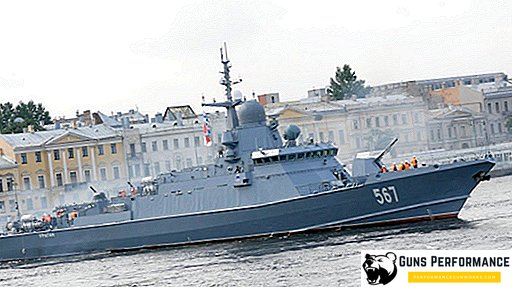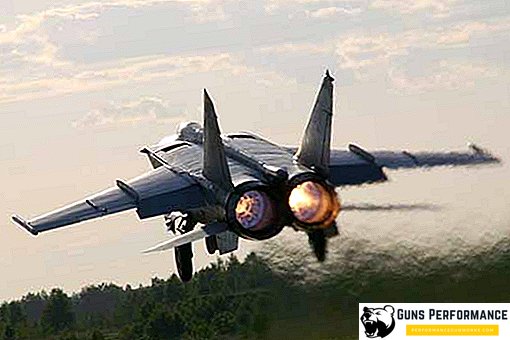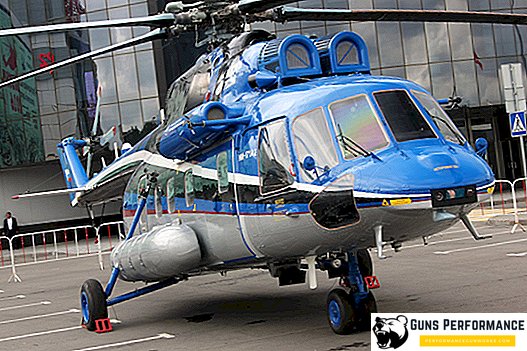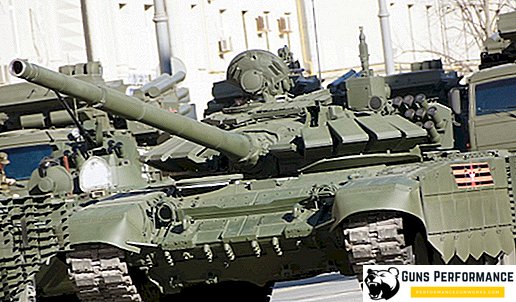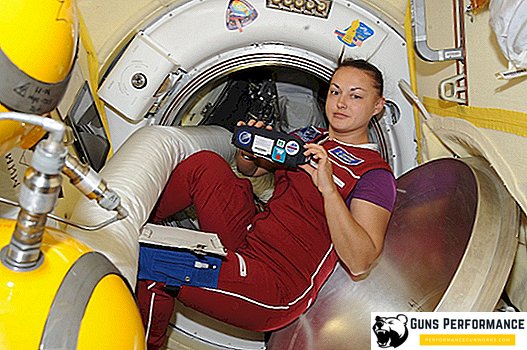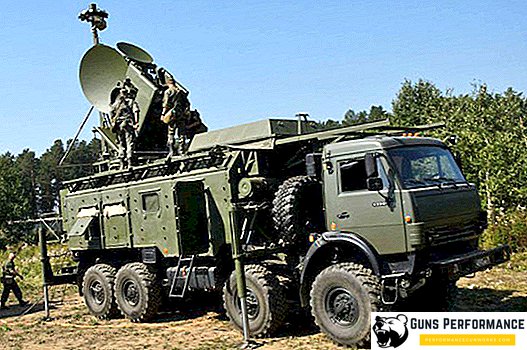
The US Agency for Advanced Defense Research Projects DARPA was formed in 1985 after the USSR launched its first satellite. The task of the agency was to maintain the leadership position of the United States in the technological field. If you push the United States of America aside, DARPA has a lot of success in its field: it took part and helped develop a huge variety of technological innovations that affected the lives of millions of people around the world, from GPS to ARPANET, which became the progenitor the internet. To date, a lot of money is invested in many projects. We present you the ten most significant modern projects DARPA.
Memex
In 2015, DARPA for the first time shared information on what is developing the latest search engine for the “dark Internet” (Dark web). Most of it is not available or can not access encrypted Tor or 12P networks. Although in fact, modern search engines could index this dark part of the Internet, but there is no financial incentive to perform such tasks. DARPA called this project Memex.
RAM Replay-RAM
This project aims to restore various episodes of life and skills. The plans include the creation of opportunities to strengthen the declared and procedural memory. Studies on animals gave a definite result: the experience gained in the unconscious mode is activated during sleep and neural reproduction. DARPA is exploring ways to activate this process.
Energy Autonomous Tactical Robot
First there were rumors about the terrible design of a robot that can feed on flesh, but these were only rumors. In fact, we are talking about a unique autonomous device that absorbs plant and biomass for energy. The robot has special devices for conveniently collecting plants, paper products and other natural materials. It does not require the usual sources of power, although the functionality of such methods will be included.
Subject networks
The American military has become interested in the question of the influence of historical events and various subjects on human behavior. The project was named Narrative Networks. At this stage, they are engaged in the analysis of microfacial low-profile movements and MRI scanning during various historical moments and events.
Epidemic Prediction
Every year the threat of the emergence of drug resistant bacteria will increase. In theory, this could be the basis for the creation of biological weapons. DARPA tries to force such bacteria to function in the reverse order, helping a person. They are trying to develop the possibility of using predatory pathogens for the treatment of bacterial infections.

Modern vacuum tubes
Such devices allow you to control electrical energy, distributing it between several electrodes. They began to be used from 1904 in the very different equipment. DARPA is looking to make these devices relevant again. They have excellent sustainability, but the project will need to overcome all the technical limitations of vacuum tube production. The goal will be to develop a new method of producing such devices, allowing military structures to gain access to the band of electromagnetic frequencies.
Jazz robots
DARPA plans to release a robotic technique capable of playing quality jazz. This goal was set for the following reason: this is the direction of music that requires improvisation, which will help to further teach robots to solve complex problems on their own. This development is aimed at creating an AI of instant response.
XS-1
DARPA plans to build an aircraft capable of reaching orbit 10 times in 10 days, the cost of which will be several times less than the existing ones at the moment. At the same time, an assessment is made of the potential use of this development by the US military.
Quasar
This development should improve the current GPS system. A more compact atomic clock of high reliability will also be created, and the accuracy and coverage of the GPS will be many times greater. Perhaps the GPS will be completely replaced if the project is successful. Positioning options that do not use GPS are currently being explored.
Gremlins
DARPA is working to create low-cost, reusable drones that can be used for reconnaissance and surveillance. It is planned that they will be able to fly into the enemy vehicles, drowning out the possibility of data transmission and creating interference to the radar. They will have good artificial intelligence, which allows them to independently navigate in space.


